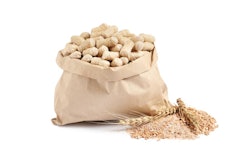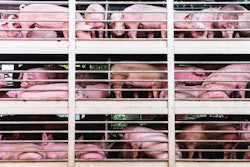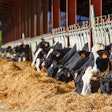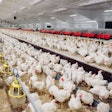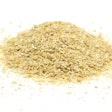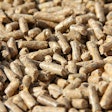
Quality of carcass fat is important in some products and markets
In the midst of the war in Ukraine, I realized there is a reshuffling of animal nutrition as raw materials that were derived from that country are no longer readily available. As such, many feed professionals have gone back to basic nutrition principles trying to redesign their feeds.
One repeating issue that I am facing is that of carcass fat quality and its relationship with feed ingredients. Here, I would like to explain by taking it a step further and connecting this issue with animal metabolism as it relates to different farm animal species.
Feed lipids (fats and oils) contain a complex profile of fatty acids that are either saturated or unsaturated (that is basic chemistry). The balance makes each feed lipid source classified as saturated or unsaturated. Almost all fats (animal in origin in their majority, but there is also coconut fat) are saturated, whereas plant-derived oils are unsaturated.
Let’s now discuss species. Monogastrics, like poultry and pigs, do not alter the composition of their feed lipids. They absorb and deposit them as they are to begin with. So, a diet rich in unsaturated lipids will produce animal fat that is rich in unsaturated lipids (and thus softer). In contrast, if their feed contains saturated lipids, their carcass fat will be more saturated and thus firmer. As always, it is the balance of the lipid profile as we cannot feed only saturated or only unsaturated sources of raw materials without refinement.
In contrast, ruminants hydrogenate all unsaturated lipids they consume, ending up depositing only (mostly, again the balance) saturated lipids in their carcass fat. This is why beef (for example) steaks have strong (firm) fat, whereas pork chops (for example) can have fat of variable firmness.
In some markets, the quality of carcass fat is not important. In others, it is perhaps as important as the quality of meat. The same goes for the different cuts and products made. A lean chicken breast will not have much fat to worry about its composition, but a pork salami with soft fat will not be sold easily in most supermarkets.

